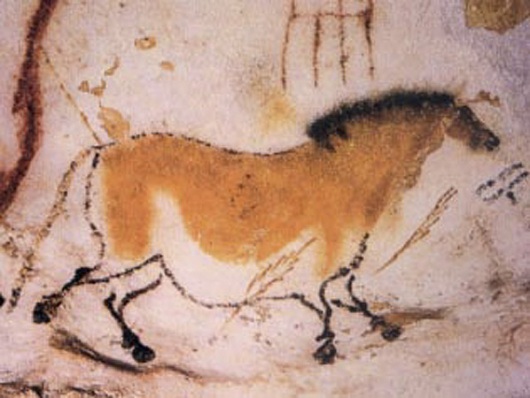I love Celtic music. It feels ancient. Sacred. Bittersweet. The Irish have captured their spirit in these little ditties, and by the end of the song I’m itching to grab my bagpipes and march to war. Either that or crying. They can turn your emotions around with a lilt of the fiddle.
The lyrics and stories also provide valuable insight into the lives of the Irish people during various stages of history. Below I have listed five of my favorites, and explained the legends surrounding them.
#1 - Here’s A Health
This is an emigrant song, sung from the perspective of a man about to leave his homeland. But in classic Irish fashion, he finds time for one last drink at the pub. His friends are all gathered around. His lass is seated on his knee. Tomorrow might bring disaster, but right now life is good. The emigrant bids his friend to sing with him, saying “kind friends and companions, come join be in rhyme / come lift up your voices in chorus with mine / come lift up your voices, all grief to refrain / for we might or might never all meet here again.”
In other words, savor the good times.
#2 - The Green Fields of Canada
This is another emigrant song, but it presents quite a different perspective than Here’s A Health. Instead of escaping sorrow, the singer focuses on the grief of the elderly emigrants. He describes how they’re weeping, how they don’t want to be buried in a foreign land. In this modern age, it’s hard to imagine just how much they were abandoning.
The singer goes on to curse those who forced him to leave, and when I first understood the lyrics, I was shocked by his hatred. “May the crowbar brigade be doomed to damnation...” that’s pretty harsh. But that’s how the emigrants felt.
#3 - Betsy Belle and Mary Gray
The Black Death pounced on Ireland in 1645, reaping thousands of souls nationwide. Only one area was unaffected: the parish of Monkeydie, where laird Patrick Gray lived with his daughter, Mary.
Mary’s closest friend was Betsy Belle, and it’s clear that the narrator of the song was quite taken with them both. “Blithe as a kid with wit and will,” “she smiles like a May morning,” “her eyes are like diamond’s glances”--their beauty is extolled for several verses. But before the narrator could decide which girl to marry, the plague invaded Monkeydie. Mary and Betsy decided to hide in the wilderness until the sickness passed.
During their exile, the girls’ only visitor was the narrator, who provided them with food--and unwittingly spread the plague. All three died a violent death. Classic Irish ending.
#4 - Mary and the Soldier
Most Irish songs end in tragedy, but this one is the exception to the rule. It follows the story of a young lassie named Mary, who falls madly in love with a soldier she spies on parade. At first the soldier is hesitant to accept her marriage proposal. After all, they just met, and there’s a good chance he’ll be killed by “a shot from an angry cannon ball.” But Mary won’t back down. She says she’ll abandon everything--her parents, her home, her money--and follow him into battle. This insane display of loyalty moves the soldier to accept, and the song ends with the two swearing their undying love and asking God for His blessing.
Cute story, but not very realistic.
#5 - The Newry Highwayman
Here’s another tragedy for you: this time it’s about a thief. A young thief. When he was seventeen he married his sweetheart, then turned to crime in order to give her the luxuries she deserved.
The boy never hurt anybody. He only stole from those with plenty to spare. But the law made no distinction between theft and murder. They seized him and condemned him to death, leaving his widow to grieve. The song ends with the boy wishing he had died in the cradle instead. Cheerful, right?
Here are the recordings of these songs. Give ‘em a listen, and let me know what you think!
Here’s a Health - https://www.youtube.com/watch?v=ksi3UgNbhRY
The Green Fields of Canada - https://www.youtube.com/watch?v=RmSdRRgcZx8
Betsy Belle and Mary Gray - https://www.youtube.com/watch?v=E3l5qM2xveU
Mary and the Soldier - https://www.youtube.com/watch?v=ybNhV-eHDPQ The music starts at 1:45
The Newry Highwayman - https://www.youtube.com/watch?v=HDwGUYJqmOQ



